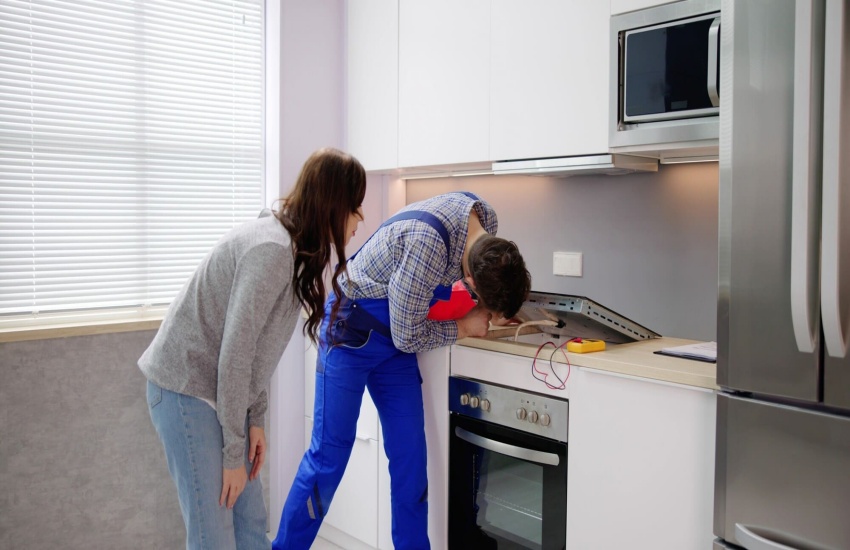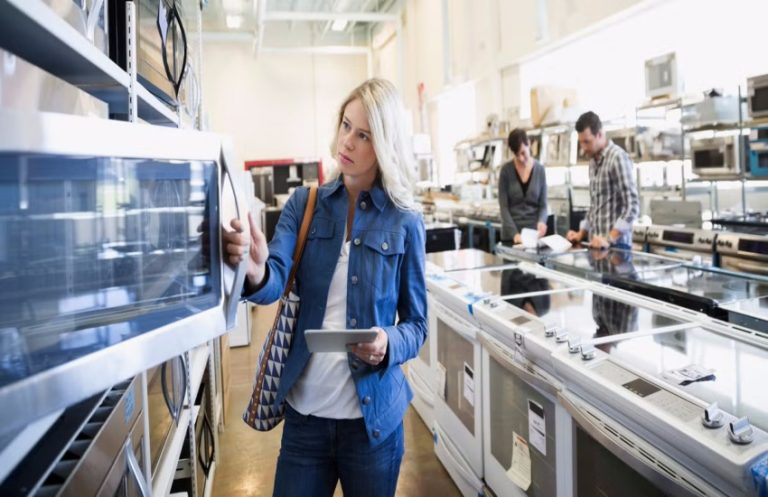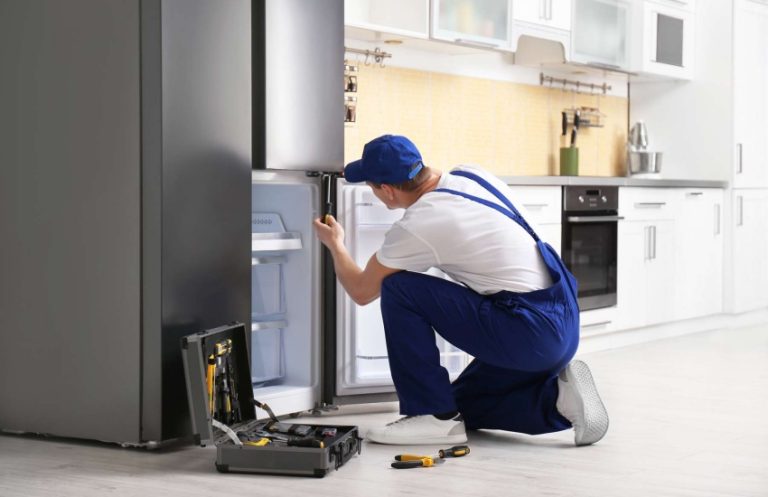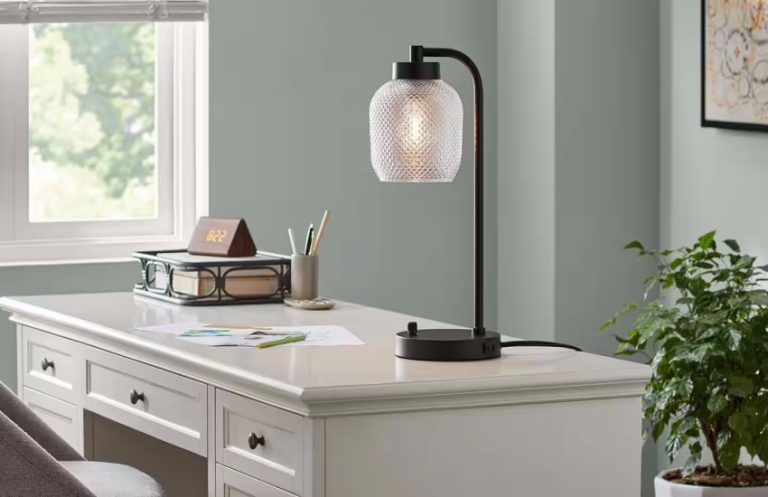
One of the most common safety features found in modern appliances is automatic shut-off. This feature is particularly prevalent in kitchen appliances such as ovens, stoves, and microwaves. Automatic shut-off systems are designed to turn off the appliance after a predetermined period of inactivity. This is especially useful for preventing fires in the kitchen, as it minimizes the risk of leaving appliances unattended for too long.
Another vital safety feature is child locks, which are increasingly integrated into various home appliances. Child locks prevent children from accidentally operating appliances that could pose risks, such as dishwashers, ovens, and washing machines. By ensuring that these appliances are secured, parents can have peace of mind knowing that their little ones are safe from potential hazards.
Overheat protection is also an essential safety feature, particularly in appliances that generate heat, such as toasters and irons. This feature automatically shuts off the appliance if it reaches a dangerously high temperature. Overheat protection not only prevents fires but also extends the lifespan of the appliance by preventing damage from excessive heat.
In addition to these features, many modern appliances are equipped with sensors that detect malfunctions. For example, washing machines may have leak detectors that alert homeowners to water leaks before they escalate into significant problems. Similarly, refrigerators may include temperature sensors that notify users if the internal temperature rises above safe levels. These sensors can help prevent food spoilage and water damage, contributing to a safer home environment.

Appliances with safety indicators are also worth considering. These indicators provide visual or audible alerts to inform users of specific conditions. For instance, a dishwasher might signal when a cycle is complete or when it requires maintenance. Such indicators help users stay informed and can prevent accidents caused by neglect or oversight.
When evaluating appliance safety features, it is crucial to consider the materials used in construction. Appliances made from durable, fire-resistant materials are less likely to pose safety risks. Additionally, appliances that meet safety standards set by recognized organizations, such as Underwriters Laboratories, offer an added layer of assurance regarding their safety.
Proper installation and maintenance of appliances are equally important for ensuring safety. Following the manufacturer’s guidelines during installation can prevent potential hazards. Regular maintenance checks can identify any issues before they become serious problems. Homeowners should always read the user manual and adhere to the recommended maintenance schedule to keep appliances functioning safely.
Investing in appliances with robust safety features is a proactive step toward enhancing home safety. By prioritizing automatic shut-off, child locks, overheat protection, malfunction sensors, safety indicators, and high-quality materials, homeowners can create a safer living environment. Understanding and utilizing these safety features not only protects loved ones but also promotes peace of mind in daily living.





